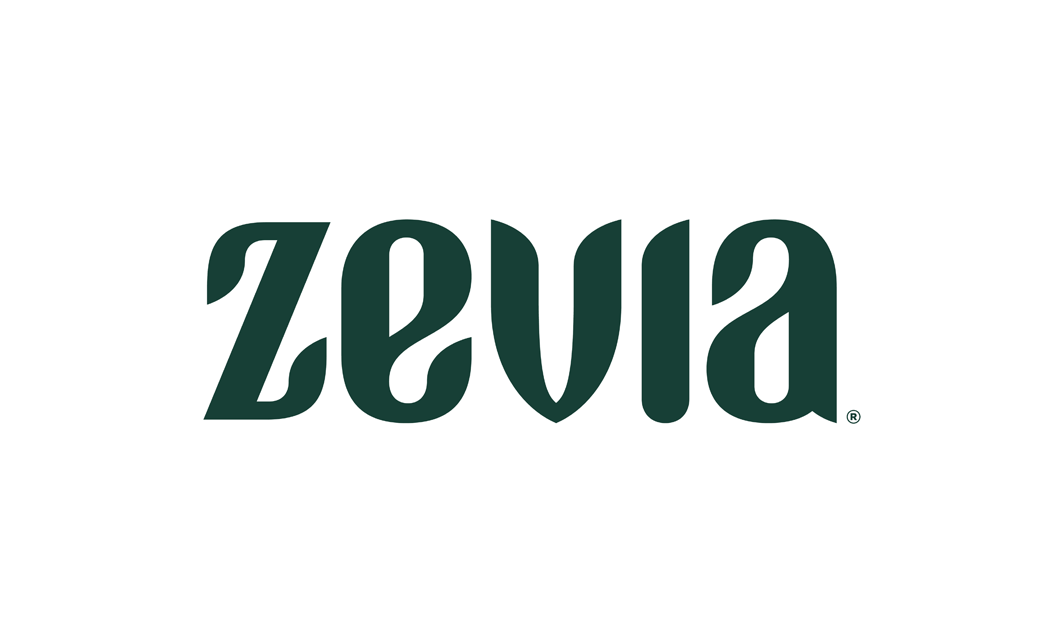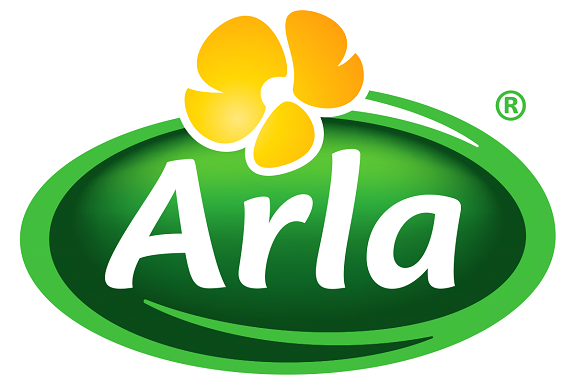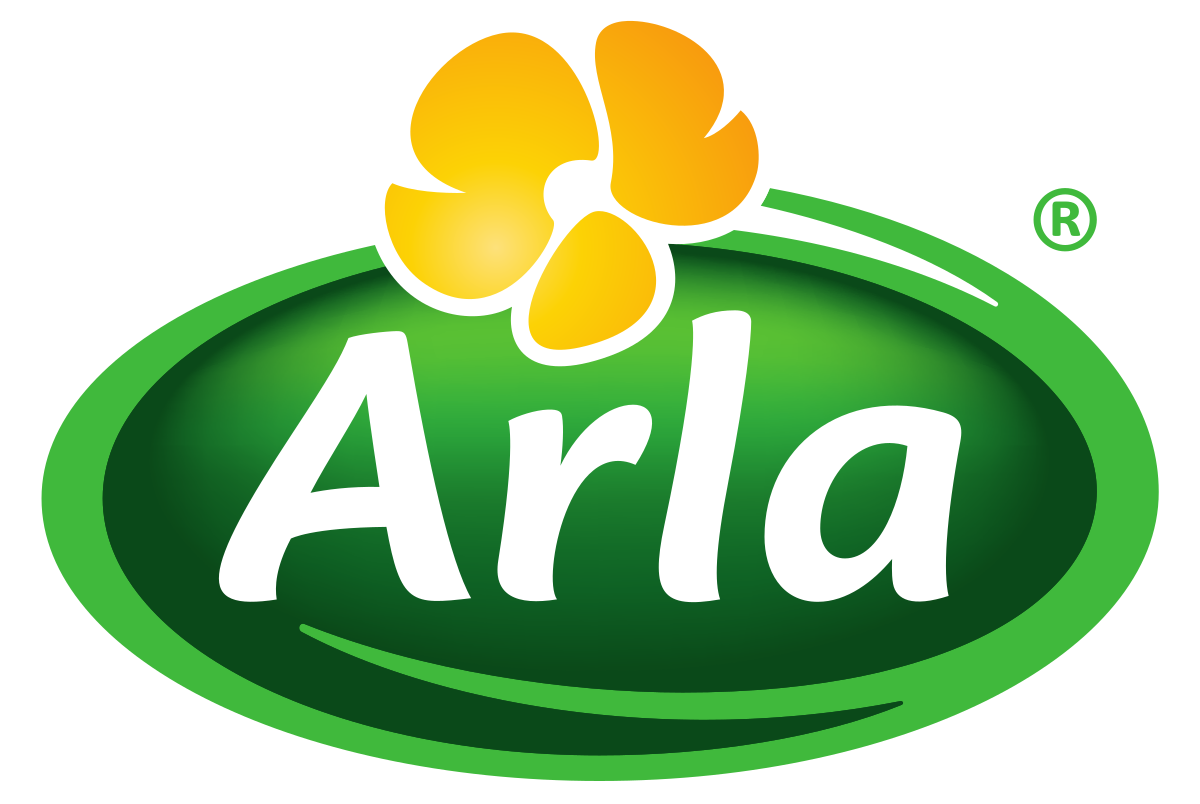Gen Z Alcohol Consumption Myths & Strategies for the Beverage Industry
In boardrooms and trade publications, one headline about Gen Z has taken on a life of its own: “They drink 87% less alcohol than Millennials.”
It’s a number that sounds dramatic enough to make executives rethink product pipelines and shift marketing budgets overnight. But according to Jeremy Tyler, a veteran in consumer insights and strategy, that headline is built on flawed logic — and it’s distracting the industry from the real issues at play.
Tyler, who has spent more than 15 years advising global brands on understanding and reaching their consumers, sat down with Brian Smith to talk about what’s actually happening with Gen Z alcohol consumption. In a conversation that moved from statistical misconceptions to cultural shifts, he made one thing clear: the story is more complex — and more hopeful — than most people think.
From Bourbon to Fast Food to Consulting
Jeremy’s career began in his home state of Kentucky, where bourbon, fried chicken, and horse racing dominate the local economy. After earning degrees in political science and economics, he joined Brown-Forman, working first as a global consumer insights analyst before moving into brand-specific roles. He supported Jack Daniel’s during its flavored whiskey rollout, uncovering where flavor drinkers were coming from and how those behaviors impacted the brand.
Over more than a decade with the company, he dug deep into the drivers of the craft whiskey boom, helped optimize shelf strategies, and built consumer frameworks that informed long-term brand plans. From there, he moved to KFC, leading innovation strategy, advertising, and a brand repositioning effort before branching out on his own.
Today, through his firm JT Key, he works with clients across the beverage and food industries, from distilleries to cheese producers, helping them unlock growth through research, strategy, and innovation.
Why the 87% Stat Doesn’t Hold Up
When asked about the widely circulated claim that Gen Z drinks 87% less alcohol than Millennials, Jeremy doesn’t hesitate: “Terrible number.”
The problem, he explains, is that the statistic compares the entire Gen Z population — most of whom aren’t even of legal drinking age — to Millennials who are older, financially established, and entirely legal to purchase alcohol. It’s like comparing homeownership rates between 40-year-olds and 18-year-olds and concluding that young people “don’t want houses.”
Looking at only legal-age consumers, the drop is still notable but far less extreme: somewhere between 25% and 33% in both spending and incidence rate. And there are signs of recovery. In fact, recent research shows Gen Z’s six-month drinking incidence rate has climbed back to match Millennials at 73%, up from 66% just two years ago.
The Real Drivers of Decline
So why is Gen Z drinking less? Jeremy sees three main factors, and they don’t align with the industry’s go-to narrative about health and sustainability.
The first is competition from cannabis. More Gen Z consumers are using THC products — including infused beverages — for occasions where older generations might have chosen alcohol.
The second is a shift in what “brand connection” means. Millennials fueled the craft boom because they valued human connection, artisanal production, and brand backstories. Gen Z leans in the opposite direction: they want fun, affordability, and social currency, not necessarily the biography of the person who made the beer.
The third — and most important — is a change in social behavior. Rates of friendship and dating look different for this generation. Fewer young men are socializing in large groups or going to bars to meet people. Dating apps have replaced many in-person encounters. The result? Fewer traditional drinking occasions, especially among men. While women in Gen Z now outpace men in drinking frequency, their consumption volume is lower, leaving a gap that the industry hasn’t filled.
The Craft Conundrum
These shifts have big implications for categories like craft beer and whiskey. The Millennial and Gen X audiences that built these markets remain valuable but are slowly shrinking. Gen Z, on the other hand, is a growing segment — but they aren’t responding to the old craft playbook.
Jeremy’s advice is to make a choice: double down on the existing audience, or retool the message for a younger consumer. For Gen Z, that means dialing up fun, accessibility, and value. Brands trying to serve both groups might consider dual-path strategies, with distinct marketing for each demographic.
Lessons for the Beverage Industry
For Jeremy, the takeaway isn’t that Gen Z is “lost” to the alcohol category. It’s that the industry needs to align with how this generation actually lives, not how it assumes they live. That starts with using accurate data, segmenting legal-age consumers correctly, and focusing on the occasions that matter today.
It also means diversifying portfolios — whether that’s adding lower-ABV offerings, innovating with flavor, or experimenting with THC-infused formats where regulations allow. And above all, it means keeping the conversation grounded in reality, not panic-driven headlines.
About JT Key
Through JT Key, Jeremy helps brands connect the dots between consumer insight and business growth. He works with companies to identify their ideal audience, map consumption occasions, and develop innovation pipelines that are tested for market fit before launch.
Whether it’s a spirits brand looking to regain relevance or a food company seeking its next big hit, Jeremy’s approach blends research, strategy, and execution to create lasting impact.
You can connect with him on LinkedIn by searching for JT Key or Jeremy Tyler.
Bottom line: Gen Z’s drinking habits aren’t an 87% freefall — but they are changing. For the beverage industry, the brands that thrive will be the ones willing to question the headline, dig into the data, and adapt their strategies to meet the next generation where they are.

















